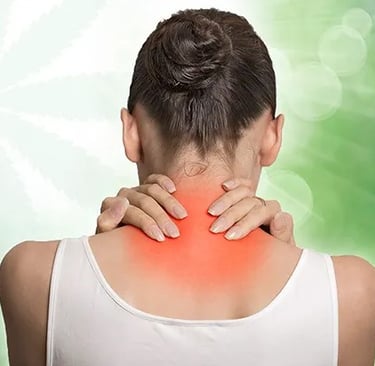Medical Cannabis Offers Lasting Relief for Chronic Musculoskeletal Pain with Minimal Side Effects
A recent study from the Rothman Orthopaedic Institute reveals that long-term medical cannabis use significantly improves symptoms for musculoskeletal pain patients, with most experiencing few to no cognitive or motor side effects. Learn how cannabis is proving to be a safer, effective alternative to traditional pain medications.
CANNABIS & HEALTH
6/4/20251 min read


Medical Cannabis Shows Promising Results in Long-Term Pain Relief for Musculoskeletal Patients
A new study published in the journal Cureus highlights the positive impact of medical cannabis on patients suffering from chronic musculoskeletal pain. Conducted by researchers at the Rothman Orthopaedic Institute at Thomas Jefferson University in Philadelphia, the study followed 129 patients enrolled in Pennsylvania’s medical cannabis program over a one-year period.
The results are compelling:
93% of patients reported symptom relief from cannabis use
64% preferred topical cannabis products
72% experienced no impact on thinking, coordination, or motor skills
40% reduced or eliminated their use of traditional painkillers, including opioids
These findings reinforce previous research showing cannabis not only offers effective pain management but also may help reduce dependency on opioids and other medications known for their higher risk profiles.
Researchers concluded that long-term use of medical cannabis is a stable and well-tolerated option for chronic pain management. While the results are promising, they also emphasized the need for further research into optimal dosing and long-term effects.
Paul Armentano, Deputy Director of NORML, commented, “This growing body of evidence suggests that medical cannabis can safely and effectively reduce chronic pain symptoms while helping patients cut back on opioid use.”
As more patients seek alternatives to conventional pain medications, medical cannabis is increasingly proving to be a valuable part of a comprehensive pain management strategy.
Get in touch
Contacts
754-346-4421
book@drboorstein.com
